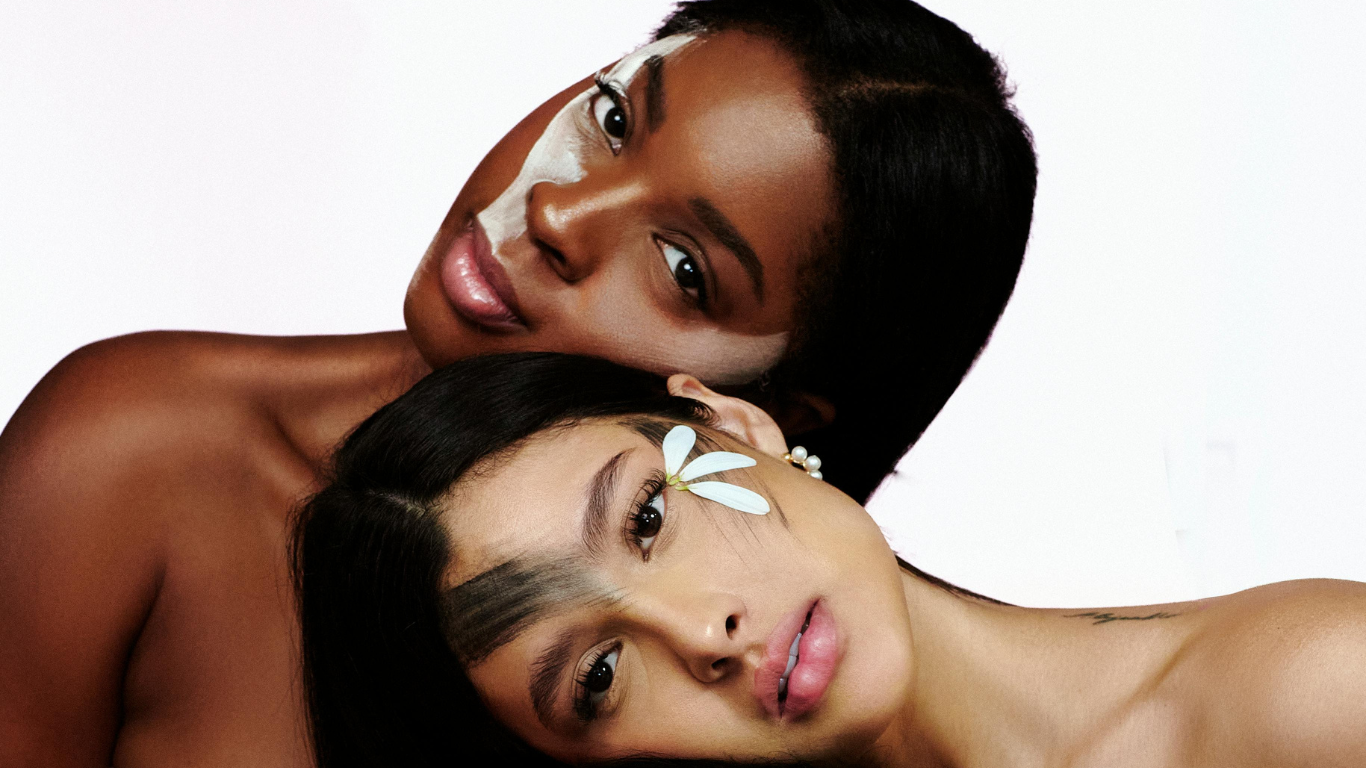Split ends or breakage? Learning to tell the difference and treat hair right
A smart approach is the best care

Long, shiny, and healthy hair is the dream of many women. However, on the path to perfect length, two main problems often arise: breakage and split ends. At first glance, they may seem similar – hair loses smoothness, becomes dry, dull, and hard to style. However, for effective care, it’s essential to understand the distinction between these conditions. The right diagnosis determines the choice of treatments and restoration methods. In this article, we explain how to identify breakage and split ends and how to choose the proper care.
Breakage: when the hair breaks off
Breakage is the internal destruction of the hair’s structure, most often in the middle of the strand or closer to the root. As a result, the hair becomes uneven, thinned, and fragile: strands lose elasticity and easily snap off even with the lightest touch of a comb. 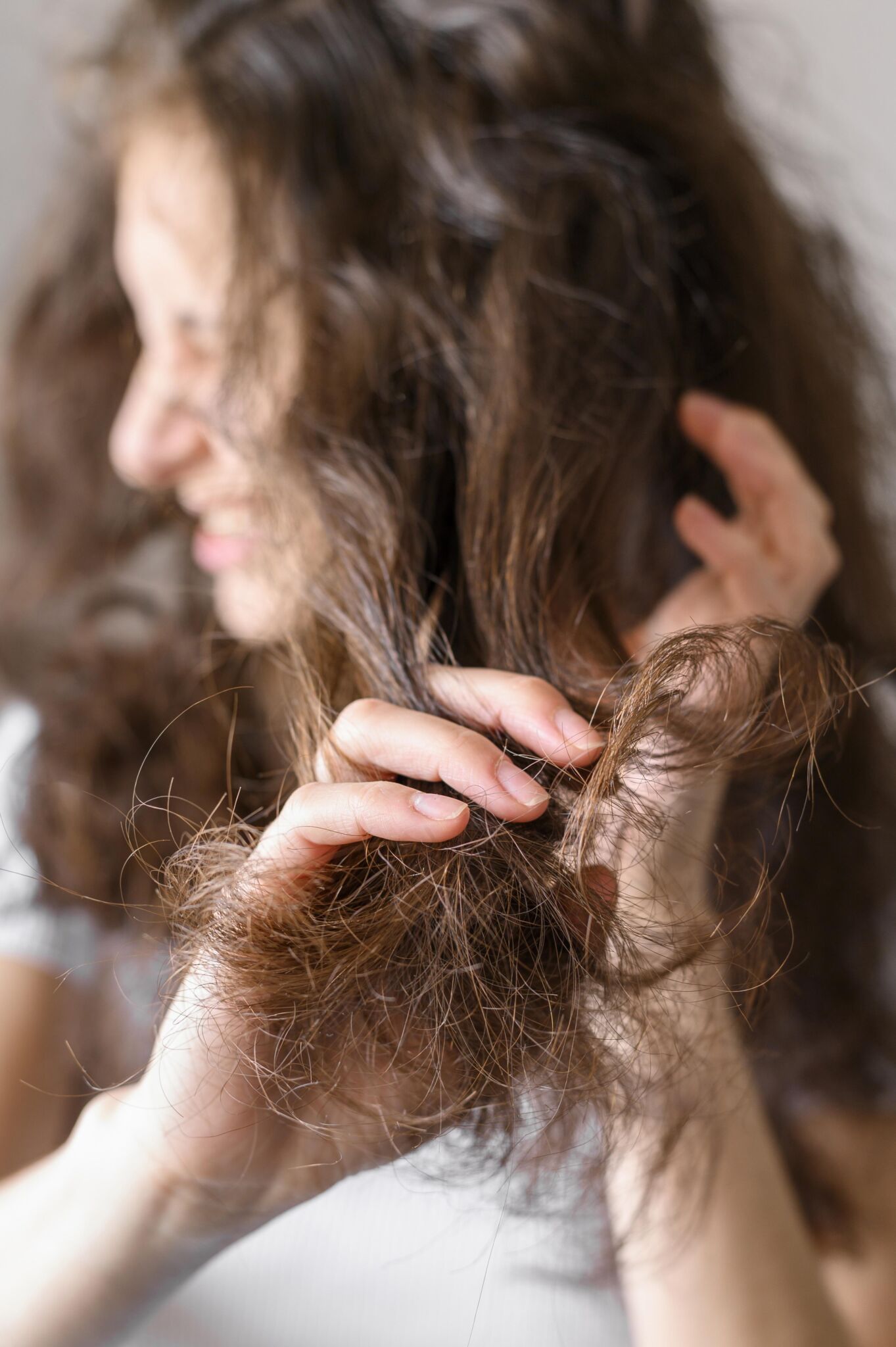
The main signs of breakage are: short “antenna-like” hairs all over the head, a feeling of dryness and roughness, and broken strands (without a bulb) left on clothing or a comb. Causes of breakage include: frequent coloring, heat styling, UV exposure, and a lack of protein and vitamins in the body.
Split ends: when the hair splits
Split ends are external damage in which the hair tip literally splits into two or more parts. Most often, the problem affects the lengths, especially if the hair hasn’t been cut for a long time. 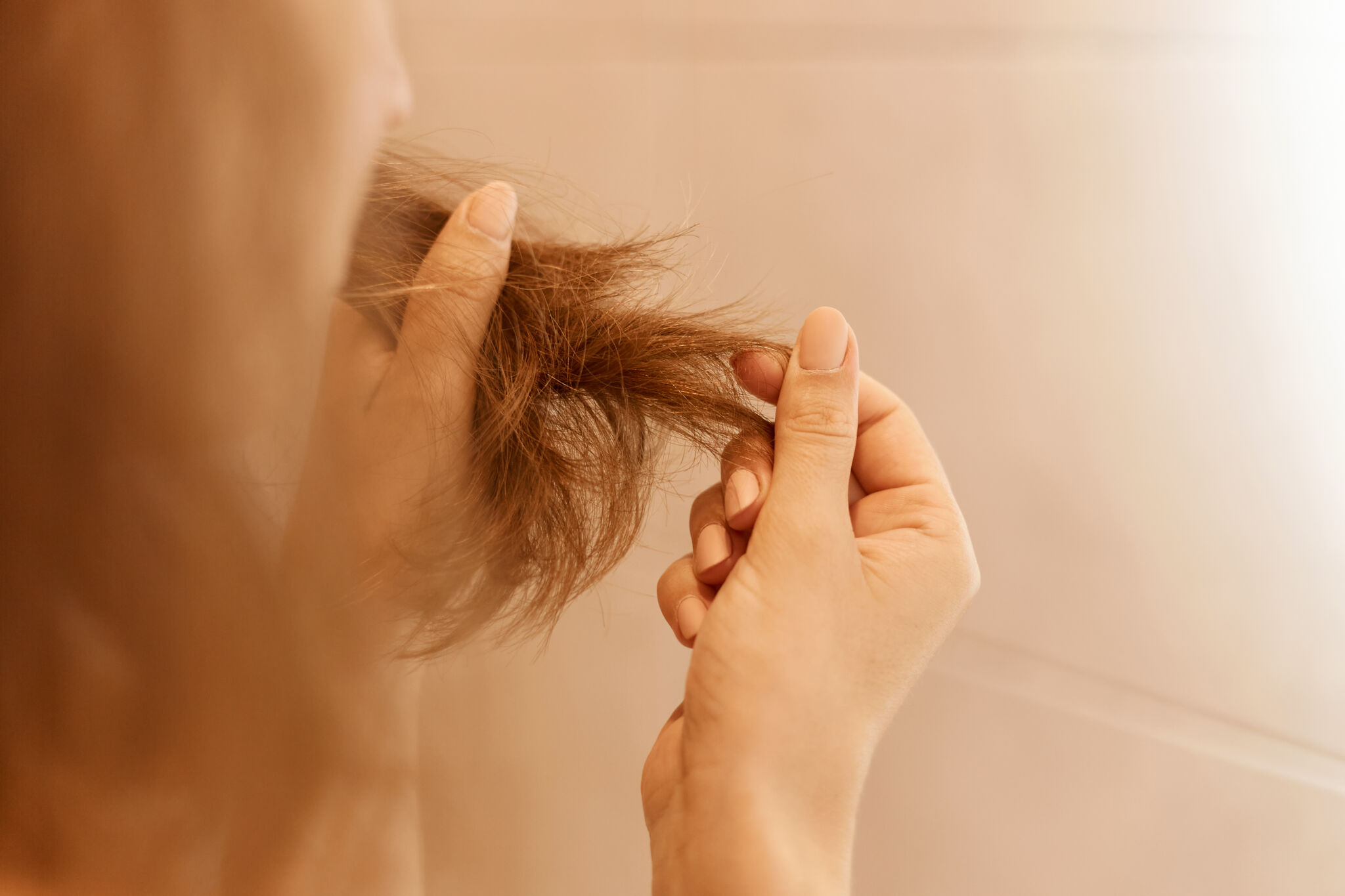
Several characteristic signs indicate split ends. The tips look dry, frizzy, and messy; strands tangle easily and catch on one another. Upon closer inspection, it’s clear that individual hairs are literally split – dividing into two or more parts.
Causes of split ends include: lack of regular trimming, rough brushing, chemical perms and straightening treatments, as well as insufficient or improperly chosen hair care.
How to achieve effective results?
In the case of breakage, it’s important to work on the hair from the inside – improve nutrition, restore vitamin balance, and strengthen the structure. Care products with keratin, proteins, and amino acids are effective, as well as professional treatments like hair botox. It’s worth reducing the use of hot styling tools and paying attention to lifestyle: stress, diet, and sleep directly affect hair health. 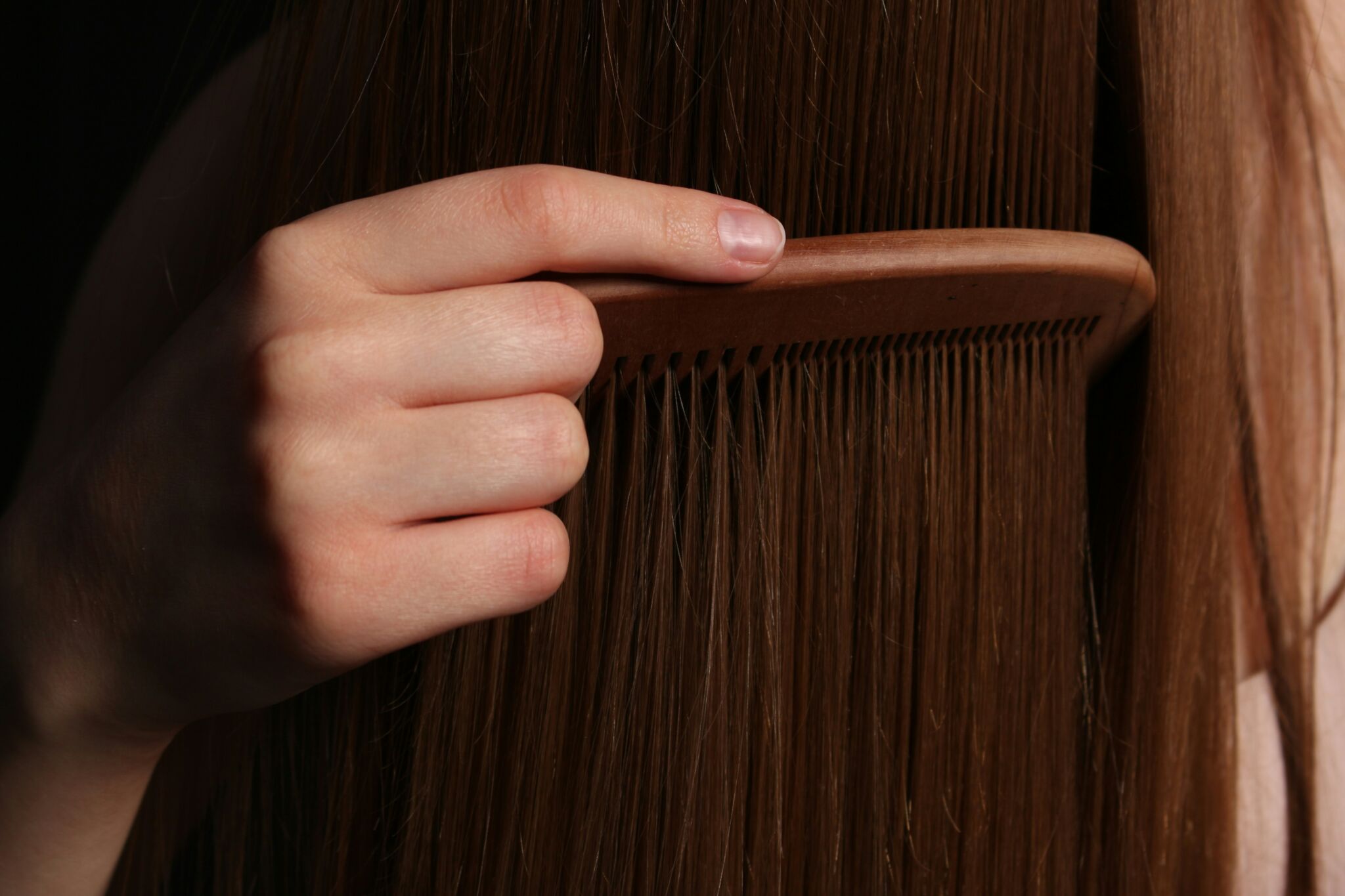
If the hair has already split, masks and treatments, unfortunately, cannot “glue” damaged ends back together. In this case, the best solution is regular trimming (every 6–8 weeks). It’s also important to replace harsh combs with gentle ones, sleep on a silk pillowcase, use a microfiber towel, and not forget about prevention: heat protectants, oils, and moisturizing treatments will help prevent new split ends. 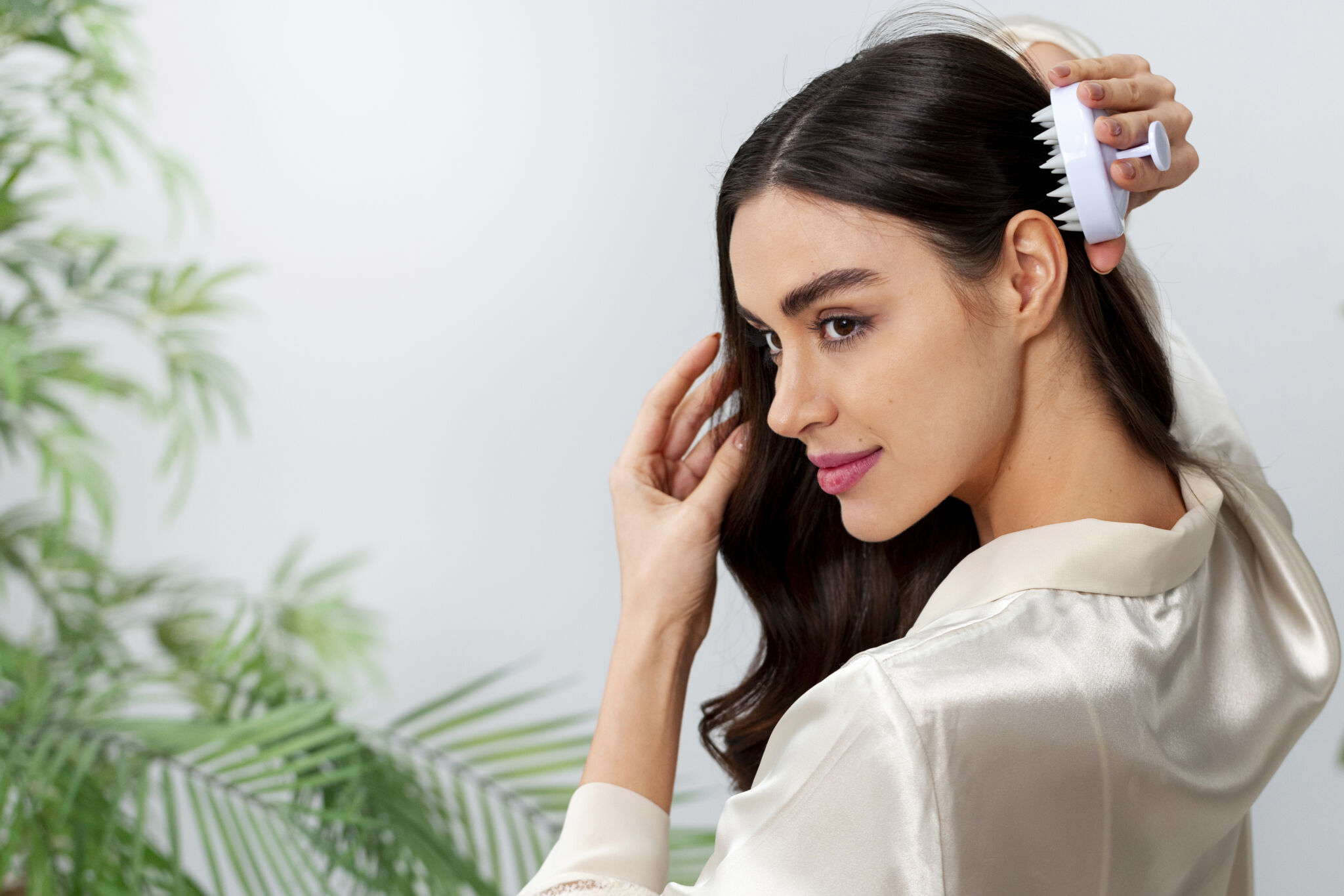
Breakage and split ends are different signals your hair gives when it lacks protection. Correct diagnosis is the first step toward healthy length. The golden rule: breakage should be treated by strengthening the hair along its entire length and from within, while split ends should be prevented and trimmed in time. This means that hair care is not only about a beautiful haircut but also about truly understanding what your hair needs.


